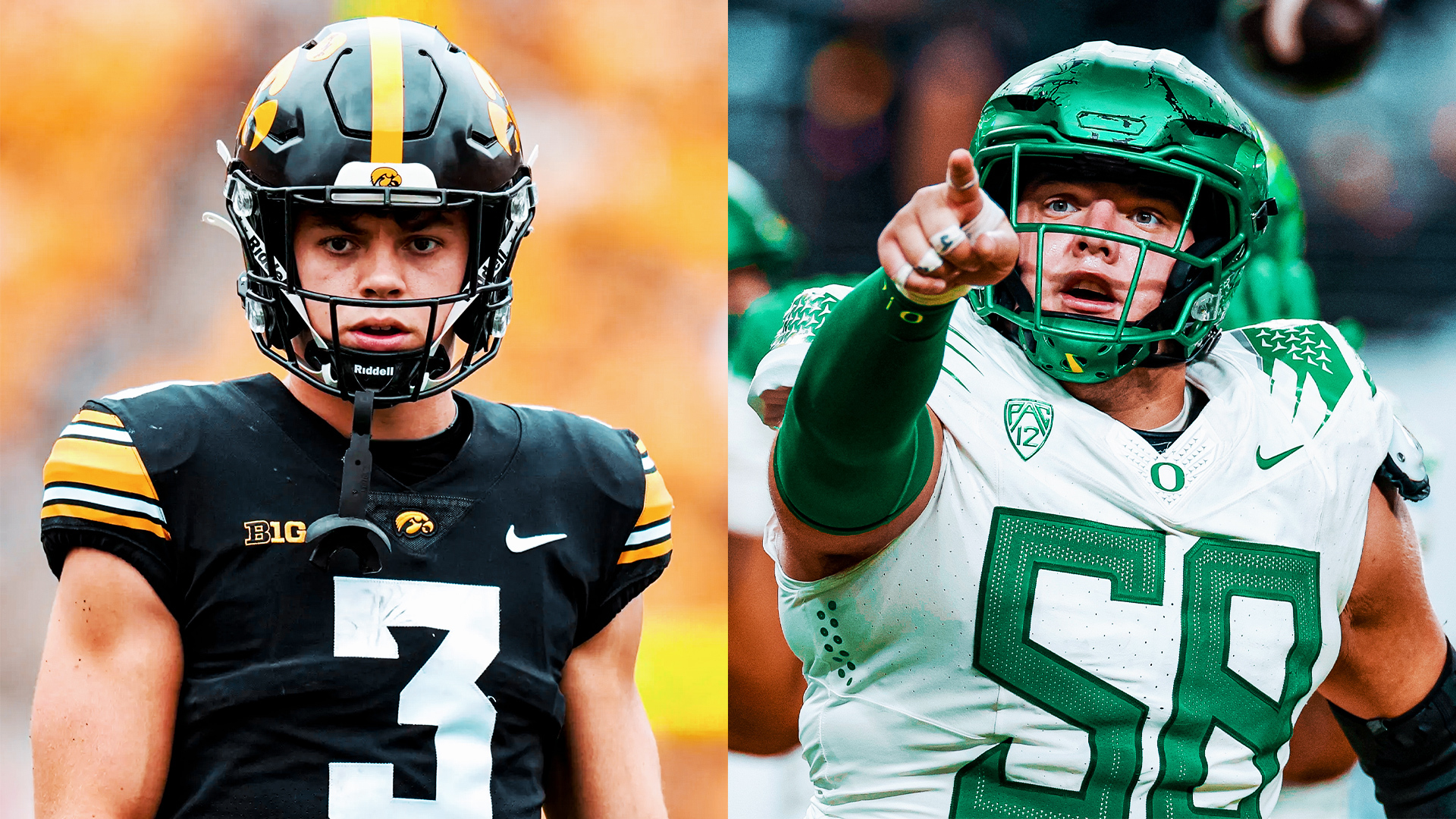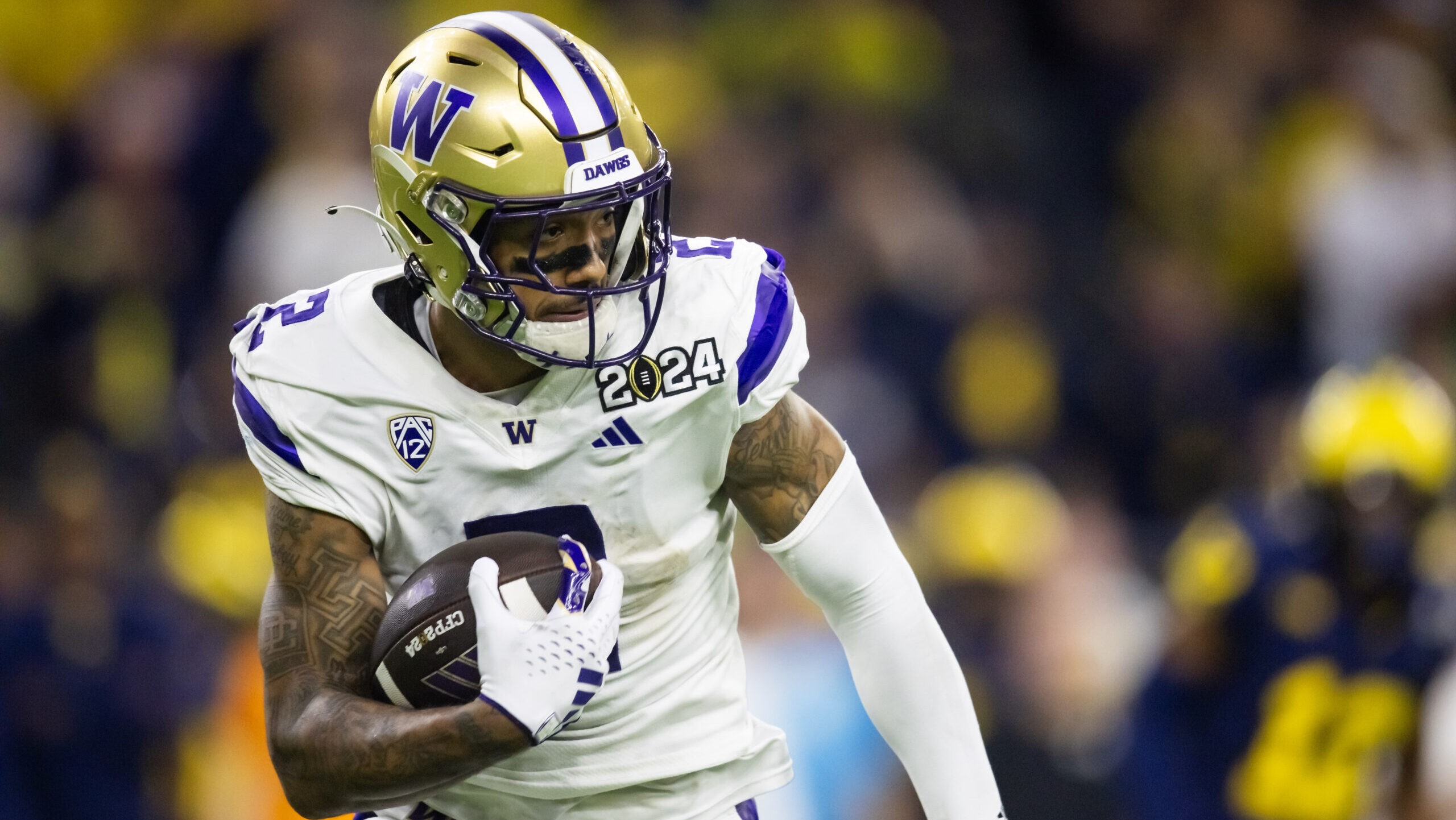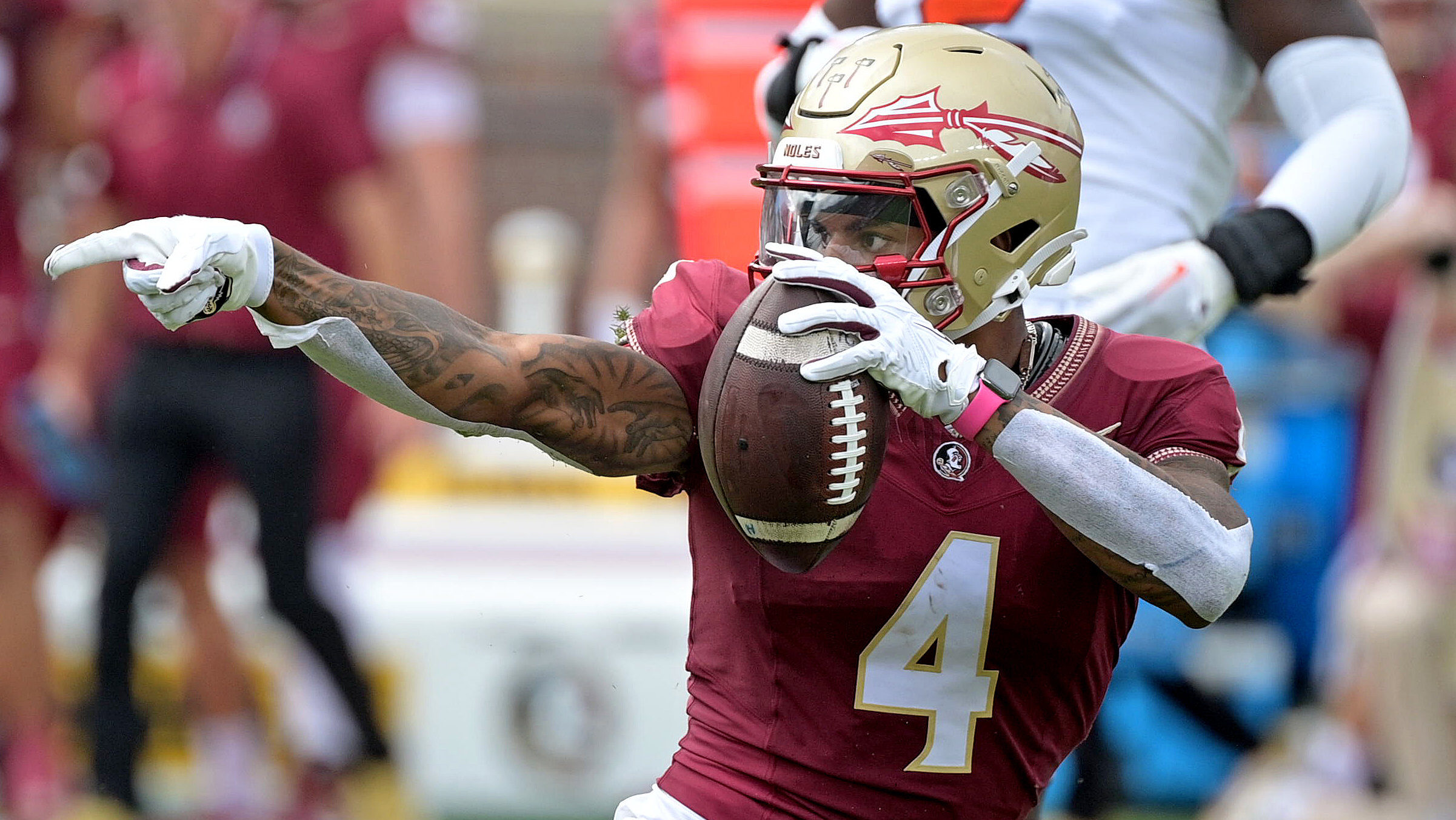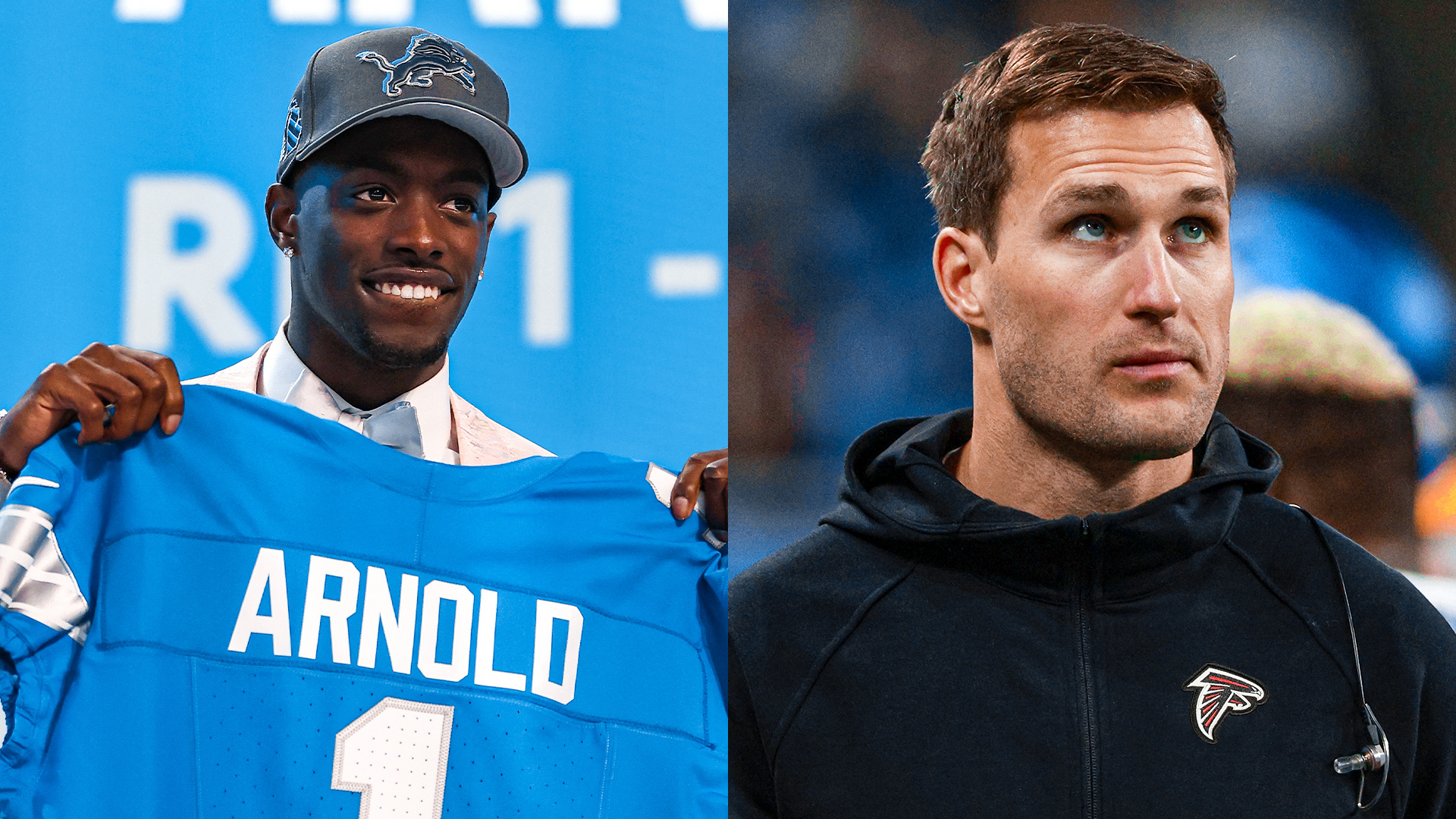Analysis
10/5/23
9 min read
The Taylor Swift Effect: How Starpower Can Drive NFL Decision Making
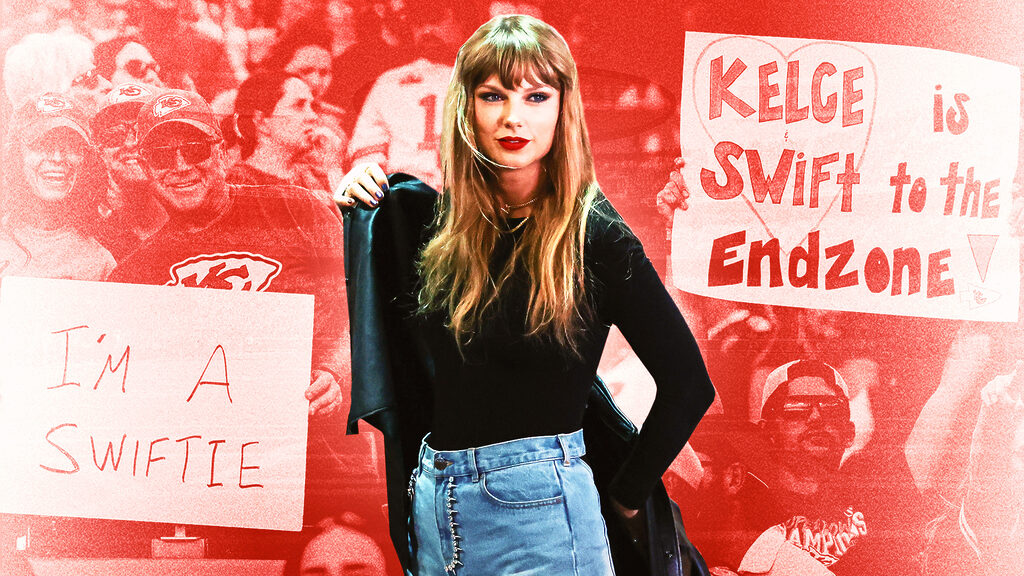
The Taylor Swift Effect has found its way into the NFL in ways even the sharpest business minds in the league could never have imagined.
One moment she was shown on camera sitting in a suite at Arrowhead Stadium, watching a Kansas City Chiefs game. The next, there was an explosion of new interest in a team and a league that already commands mammoth attention and the financial rewards that go with it.
All because Taylor Swift and Travis Kelce were/are believed to be an item.
NFL, Meet the Taylor Swift Effect
Swift cheered on the Chiefs in their victory against the Chicago Bears while sitting next to Kelce’s mother, Donna, lending credence to the notion her connection with the star tight end has some substance. Fox’s TV audience of 24.3 million made it the most-viewed telecast of the week. Soon thereafter, sales of Kelce's No. 87 jersey spiked by 400 percent.
Seven days later, when Swift occupied a MetLife Stadium suite for the Chiefs’ nationally televised Sunday night game against the New York Jets, eyeballs again were drawn like moths to a bright light. Nielsen ratings put the NBC audience at 24.83 million, and when combined with an average of 27 million viewers NBC said Peacock drew, the game was the most-watched Sunday show since Super Bowl LVII on Fox.
That’s what happens when one of the world’s most popular singers and her ultra-loyal legions of “Swifties” form a bond with the NFL. That’s the Taylor Swift Effect at its most robust.
You can be certain the Chiefs’ Clark Hunt isn’t the only NFL club owner aware of how game-changing the Swift-Kelce relationship has been to the franchise’s bottom line. His 31 partners see it, too. It would be naïve to think they wouldn’t want something similar.
What kind of an incredible boost could the Taylor Swift Effect have on ticket, suite and merchandise sales? On sponsorships? On generating the necessary funds to build a new stadium, as is the case in Kansas City and Chicago?
“Looking at the numbers of what she’s doing and the NFL jumping on board, I think she’s really transformative, and the way people feel about Travis Kelce as a player also impacts that,” said former NFL general manager Mike Tannenbaum, an analyst for The 33rd Team. “Look, Kansas City is a great team, defending Super Bowl champions. But I’m sure they’re extremely happy that, as they’re trying to build their stadium in Kansas City, the most popular person on the planet right now, Taylor Swift, is meaningfully involved in their ecosystem.
“She moves the needle unlike anybody else right now.”
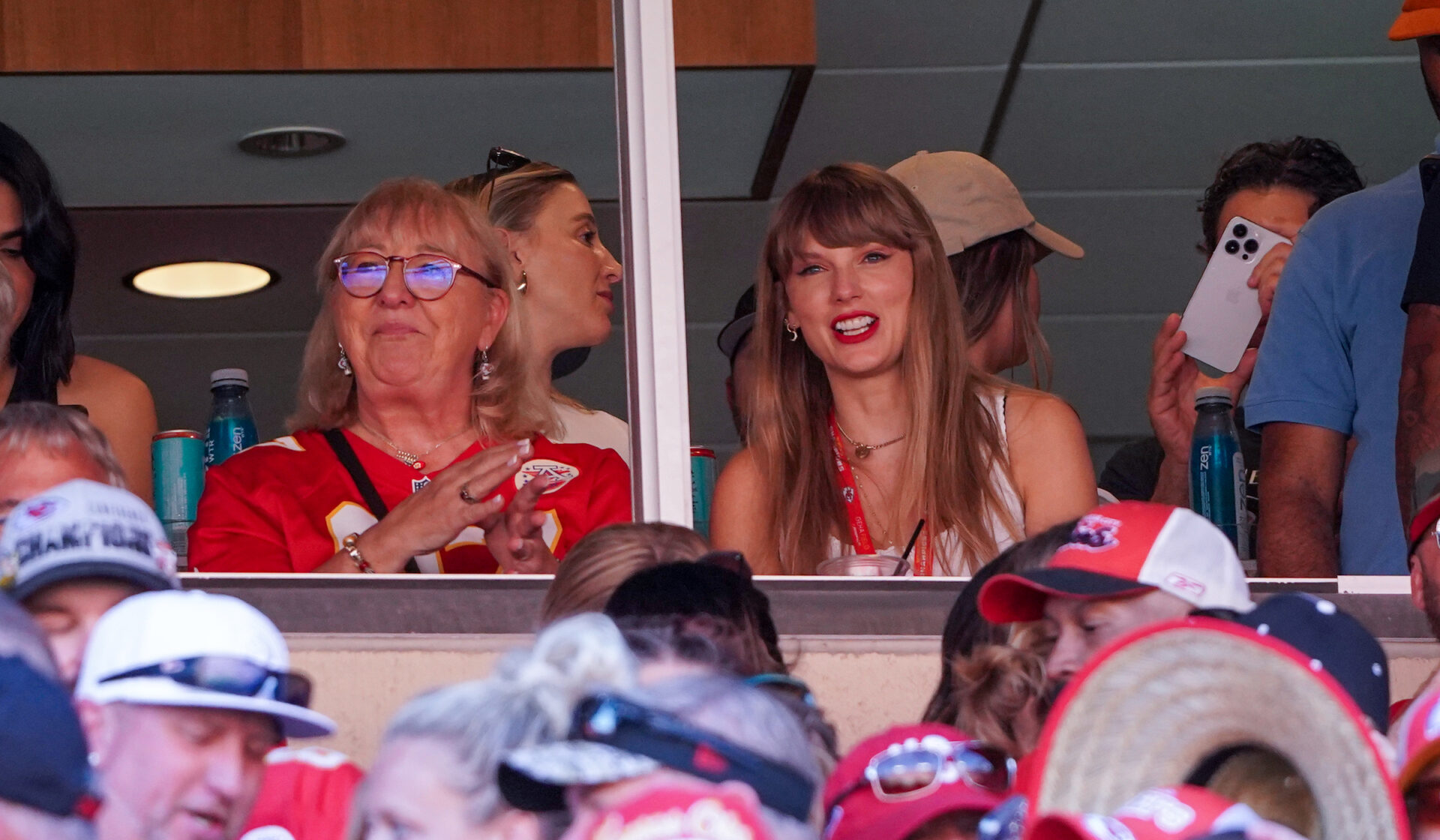
How Much of a Role Does Popularity Play?
Of course, there’s only one Taylor Swift and one Travis Kelce. Which raises an obvious point: Would another owner in the league try to try to replicate what the Chiefs have by trading for Kelce? Would there be a point when that owner would go to his general manager and/or coach about pursuing such a trade?
Whether that specific conversation has happened in the past two weeks is anyone’s guess, but there are circumstances when owners have spoken with their general managers about making splash deals.
“First of all, it happens more than you think,” Tannenbaum said. “I’ll just say, generically, it happens at the draft when there are popular players. That’s why Johnny Manziel goes in the first round.”
Manziel, an undersized but wildly popular quarterback from Texas A&M and the first freshman to win the Heisman Trophy was the Cleveland Browns’ first-round draft pick in 2014. Browns owner Jimmy Haslam pushed for the selection.
That proved to be a classic case of style over substance. Manziel fizzled out after only two seasons in the league. He has spoken publicly since about his battles with substance abuse and depression.
However, Manziel wasn’t the first and won’t be the last player a team owner covets for reasons beyond football.
“Popularity drives interest at ownership levels,” Tannenbaum said. “That is part and parcel of running a team. It drives conversation. And although those conversations almost never see the light of day, they happen.”
The Perils of Needle-Moving Deals
The problem with those needle-moving moves is they can vanish almost as quickly as they arrive. Look at the Jets, who made arguably the second-biggest acquisition in their history this year (after drafting Joe Namath) by trading with the Green Bay Packers for Aaron Rodgers.
Then, four plays into his first regular-season game, Rodgers suffered a torn Achilles. Suddenly, the talk of a Jets Super Bowl run, so prevalent in the offseason, turned to stone silence.
“The Aaron Rodgers situation is a perfect example because now they’re the Jets with Zach Wilson, which people have seen in the past,” said former Minnesota Vikings GM Rick Spielman, a contributor to The 33rd Team. “And I don’t think that’s selling tickets like Aaron Rodgers was.”
The owner always has the final say. However, no credible GM is going to simply nod in agreement at the idea that a certain player should be acquired simply based on star power.
The GM wouldn’t be doing his job if he failed to present a full evaluative picture of the player, with the pluses and minuses of his football skills carrying more weight than his ability to generate additional revenue.
“If Travis Kelce were to become available, let’s understand what we’re getting, what we’re not getting, what we should pay a 34-year-old tight end,” Tannenbaum said. “This is what the data tells us about how long they should play and try to make the conversation focus on the information, not the intangibles.
"Ultimately, it’s the owner’s team, but you can certainly try to enlighten them to the extent you can. You can say, ‘If we draft or sign player X or Y, here’s what we should expect. But here’s what they’re not going to be able to do. And if it’s signing a player, resources are very finite. We’re the ultimate cap system, so let’s just make sure that we’re allocating resources as appropriately as possible.’”
Splashes Are Temporary; Team-Building Isn't
Allowing Swift’s star power to be the primary factor in deciding to trade for Kelce might sound good with a bunch of suits sitting around a conference table. “But what if they break up?” Spielman said.
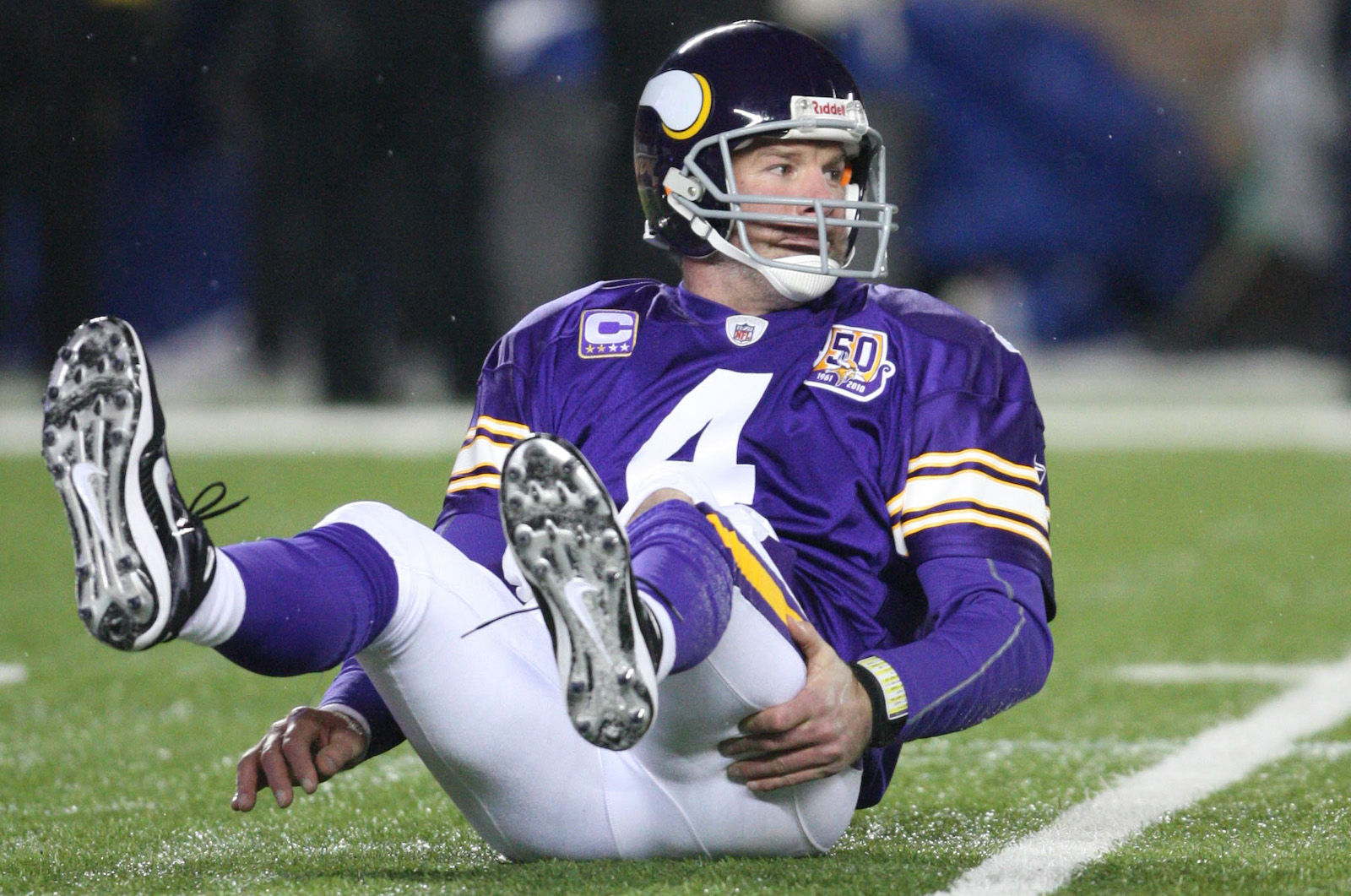
For the most part, all initial bumps from splash moves are temporary. Spielman discovered that first-hand after the Vikings signed former Packers rival Brett Favre in 2009, after his one-season stop with the Jets.
“When we signed Brett, we had had a really good year and ended up losing that ‘Bounty Gate’ NFC Championship Game in overtime to New Orleans,” Spielman said. “But then the next year, Brett was pretty much done, and that splash went away. What’s sustainable is drafting well, making the right decisions in personnel, the right decisions in coaching and winning on the field. Winning is what keeps bringing fans back.
“A perfect example is Detroit, how they’ve been slowly, over the last two years, building that roster, in my opinion, the right way. So, all of a sudden, for the first time since Bobby Layne played for them, they’ve got a waiting list for season tickets. That’s what’s truly bringing in the people. Not because player X is dating celebrity Z. And, usually, when you have a good football team, the celebrities come anyway.”
Balancing Business and Football
Still, that isn’t always easy for a club owner to understand. The majority of those who own NFL franchises made their money in other businesses. Their expertise is not necessarily in football, assembling a roster or coaching. For the most part, they leave that to the general manager and head coach.
But they do know something about creating buzz. They understand when the worlds of entertainment and football come together, big things can happen because, after all, football is a form of entertainment. That can spark a conversation with a GM about the desire to make a splashy move.
The best situations allow for give and take in those discussions.
“You hope you have that dynamic with the owner, candidly, to say, ‘Hey, we shouldn’t do this, and here’s why,’” Tannenbaum said. “Every situation is different. We try to have those conversations ahead of getting the job. Invariably, things are going to come up. On some of the bigger decisions, I’m sure on the business side, some organizations are going to want to weigh in.”
“You answer to the owner,” Spielman said. “Hopefully, you have that relationship with ownership where ownership is going to ask you for your honest opinion, and you’re going to give them your honest and truthful opinion. If you don’t have that open relationship with the owners, then you don’t have a chance to begin with anyway. And ultimately, the owner may say, ‘Yeah, we understand your point, you made great points, but we’re going to pull the trigger this way.’ Then you do it, and you move on because that was the final decision, and you don’t look back.”
You just hope there is growth in both revenue, whether enhanced by an infusion of Swifties or something else, and victories.
Vic Carucci has been a national editor for NFL.com and a contributor to NFL Network, a senior editor for the Cleveland Browns and an NFL writer and columnist for the Buffalo News. Follow him on Twitter at @viccarucci.


